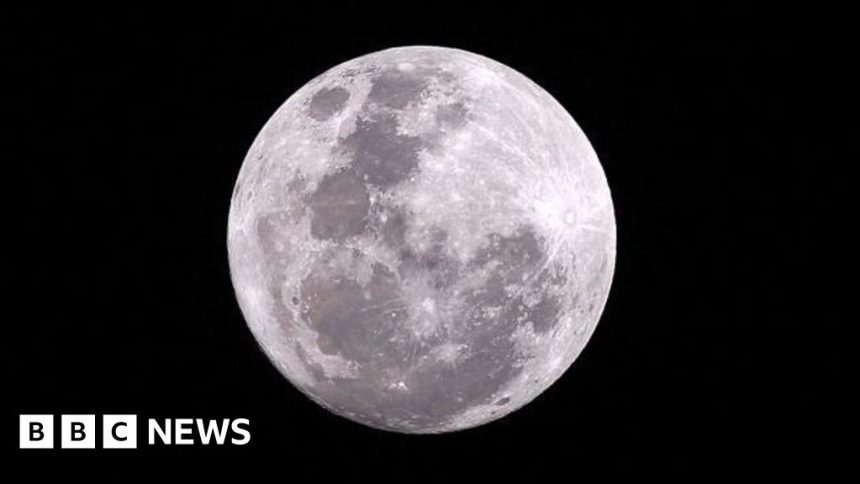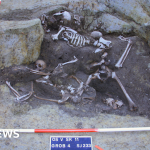A large asteroid whose chances of hitting Earth have been all but ruled out is now slightly more likely to hit the Moon than previously thought, Nasa says.
When first discovered, asteroid 2024 YR4 had a very small chance of impacting Earth in 2032 but the US space agency has cut that chance to 0.004%.
It has now reported though, that the likelihood of a Moon impact on 22 December, 2032, has nearly doubled from 1.7% to 3.8%. It based the recalculation on information from telescopes including the James Webb Space Telescope.
“There is still a 96.2% chance that the asteroid will miss the Moon,” Nasa said in a statement, noting that even if it did make impact, it wouldn’t change the Moon’s orbit.
Webb’s infrared observations also helped to narrow the estimate of the asteroid’s size to be between 53-67 meters – about the size of a 10-storey building.
In the time since 2024 YR4 was first spotted through a telescope in the desert in Chile in December, tens of other objects have passed closer to Earth than the Moon.
It is likely that others, albeit much smaller, have hit us or burned up in the atmosphere but gone unnoticed.
A lunar impact, although extremely unlikely, could offer a rare chance to observe a real collision and study how the Moon responds.
Professor Mark Burchell, Professor of Space Science at the University of Kent, told the New Scientist magazine that a Moon hit would be “a great experiment and a perfect opportunity”.
“Telescopes would certainly see it, and binoculars might,” he added.
Webb will observe the asteroid again next month for further analysis.








